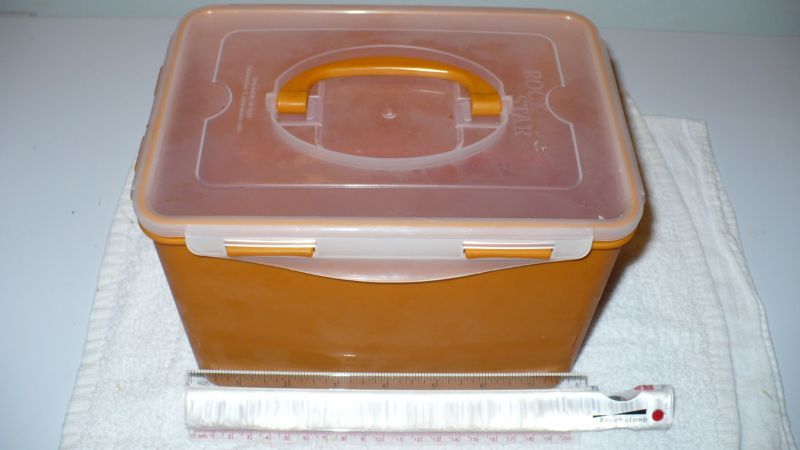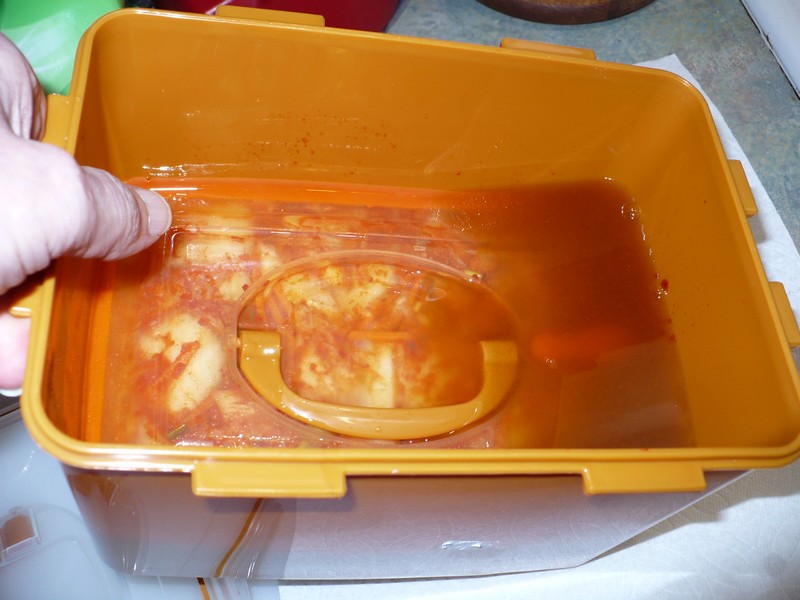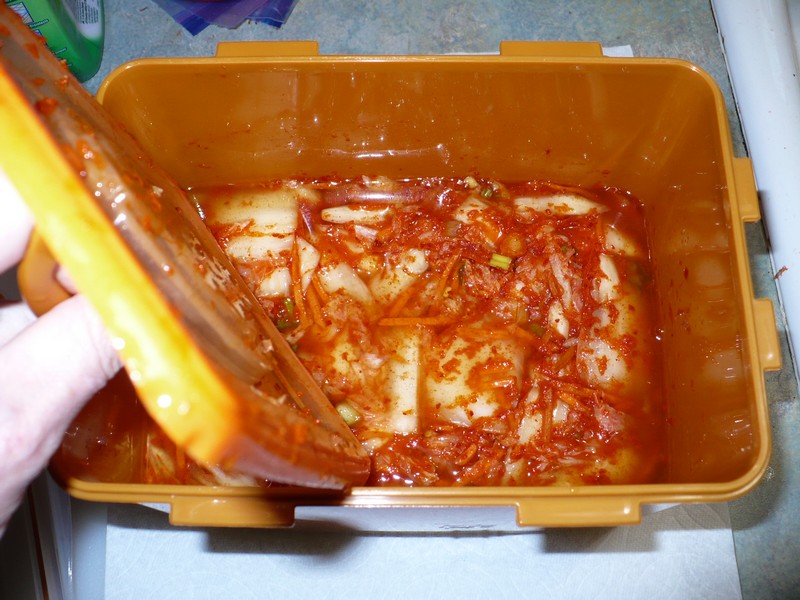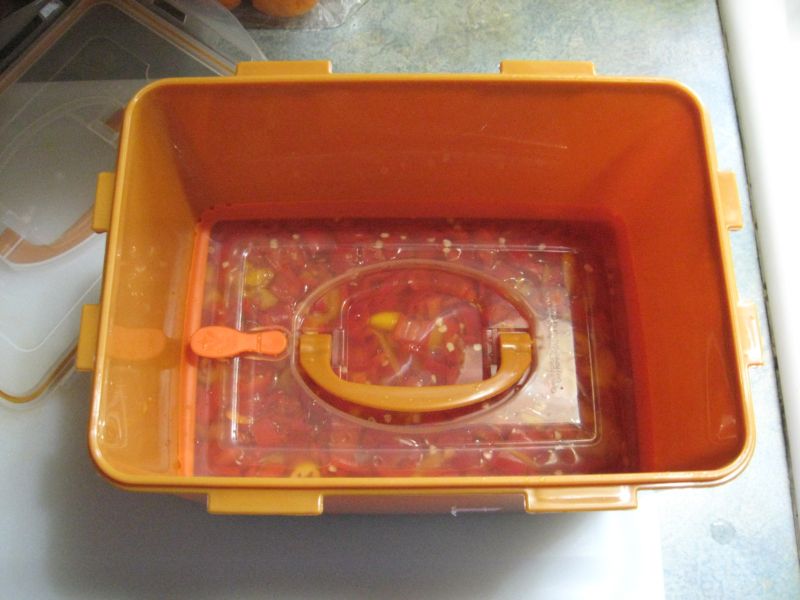i'm on my 3rd batch of pepper sauce now using an improvised method that I came up with after reading various recipes on the internet.
I use a mix of hot peppers (mostly Scotch bonnet) and add another kind of pepper for flavor (a bit of red bell pepper or seasoning peppers).
I cut off the stems but leave the little crowns and grind them, seeds and all, in the food processor with some organic apple cider vinegar.
Pour it into a jar and cover with a coffee filter and leave it in the cupboard for a couple of weeks, stirring with a wooden chopstick whenever I remember.
Then grind it in the processor again and put into jars. I kept the first batch in the fridge and the second in the cupboard until opening.
The first 2 batches came out great. They got used up fast, so I don't know how long it would last.
This last batch is still in the cupboard. When I went to stir it last night, there was some white stuff on top, looked a little like mold. I took it off with a spoon and stirred the rest and put it back. It still smells good.
Is it still safe to eat or should I throw it away and start over?
I use a mix of hot peppers (mostly Scotch bonnet) and add another kind of pepper for flavor (a bit of red bell pepper or seasoning peppers).
I cut off the stems but leave the little crowns and grind them, seeds and all, in the food processor with some organic apple cider vinegar.
Pour it into a jar and cover with a coffee filter and leave it in the cupboard for a couple of weeks, stirring with a wooden chopstick whenever I remember.
Then grind it in the processor again and put into jars. I kept the first batch in the fridge and the second in the cupboard until opening.
The first 2 batches came out great. They got used up fast, so I don't know how long it would last.
This last batch is still in the cupboard. When I went to stir it last night, there was some white stuff on top, looked a little like mold. I took it off with a spoon and stirred the rest and put it back. It still smells good.
Is it still safe to eat or should I throw it away and start over?





